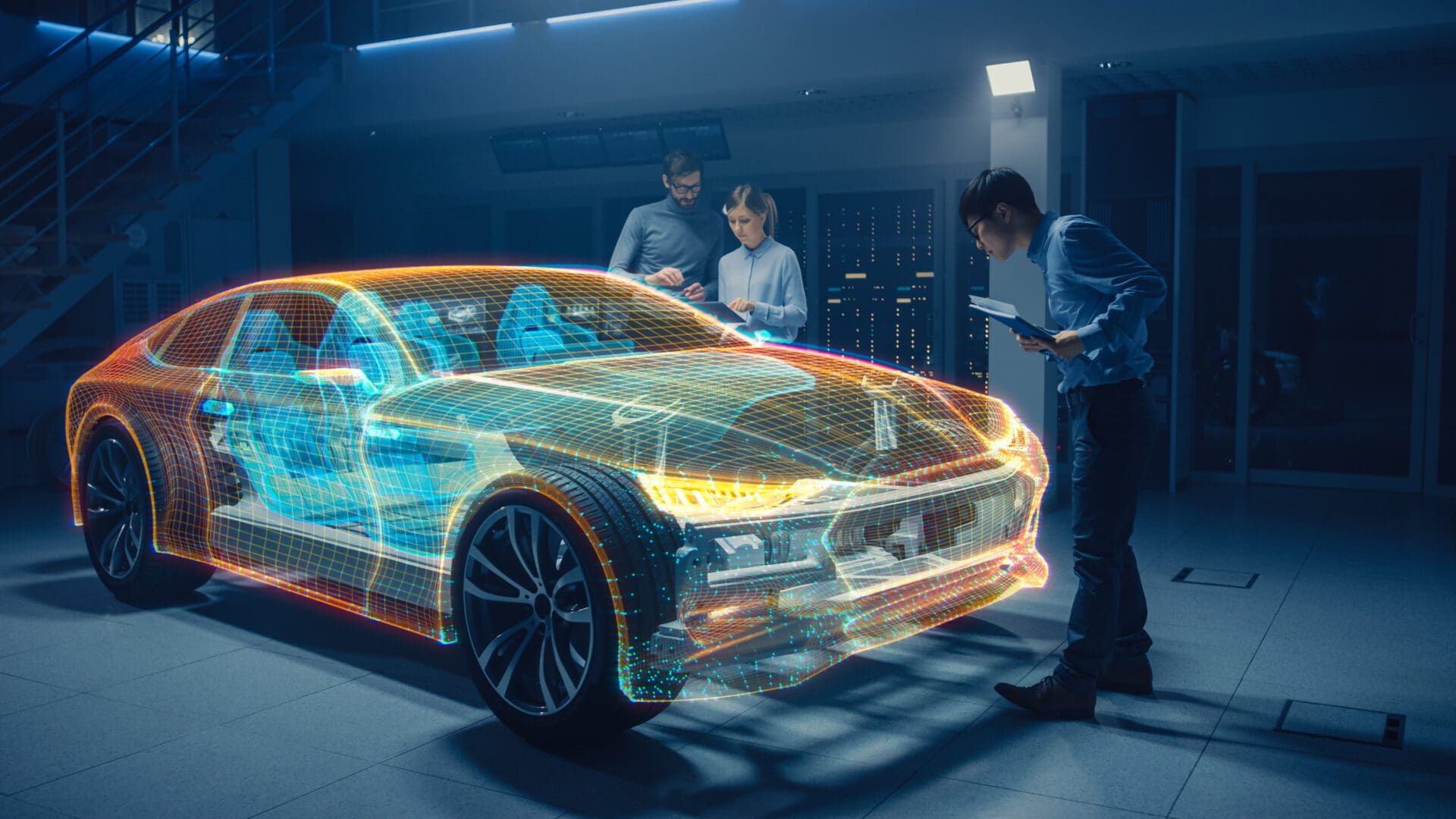It seems that Volkswagen Norway is saying goodbye to internal combustion engines two years earlier than the Norwegian government’s deadline. According to the Nordic country’s objective set in 2016, by the end of 2025 all new passenger cars must be emission-free.
Ambitious Goals
Head of the Volkswagen importer, Ulf Tore Hekenby said he is hopeful that the government will set more ambitious goals in the future regarding electric vehicles. He hopes that a law will be announced that would set a date for half of the vehicle fleet to be emission free. Currently, 18 per cent of Norway’s stock is made up of electric vehicles. At this time, VW’s fleet of passenger cars has a zero-emissions share of 22 per cent, which is larger than the market average.
Hekneby also referred to a report by the Institute of Transport Economics, which states that if all current incentives are maintained – including the VAT exemption on electric cars, which will be eliminated on 1 January 2023 if the vehicle costs more than 500,000 kroner, the equivalent of close to 49,000 euros – 50 per cent of the passenger car fleet could be electrified by 2036. According to his calculations, however, the goal of having half of the automobiles electric in the fleet might not be attained until 2042 if this subsidy were to be eliminated.
Just over 6,900 of Volkswagen’s 8,500 newly registered passenger cars, or slightly less than 81 per cent, were entirely electric last year. The VW ID.4 accounted for the majority, more than 5,400 units. Even the group sister Audi achieved 97 per cent in the same time frame. Hekneby asserts that the delivery scenario will define just how large VW’s percentage of electric vehicles will be this year. The BEV share may be substantially greater already.
Looking at the market as a whole reveals that the transition to new BEV automobiles making up 100 per cent of registrations is getting closer. Over 70 per cent of new registrations in this year were electric vehicles.
The Electric Switch of Hungary
The idea of switching a country’s vehicle fleet to completely electric is not a sudden move from governments. For years now, every country has strived toward allowing their population to acquire more emission-free cars at lower prices. Many of them have introduced new laws that help buyers finance their new purchases, as an incentive for them to switch to electric. Hungary is one of these countries. In May this year it was announced that without needing to apply for the subsidy, every person who is looking to buy a new electric car will be automatically entitled to it.
Along with the financial support, the government also implemented new measures to increase the number of charging stations in the country. Hungary has seen a rise in the number of electric vehicles in recent years, so infrastructure must keep up with the trend and more charging stations are being installed. Hungary requested financial support from the EU for 17 network upgrade projects, totalling 110 billion forints, and they were successful in receiving financing for 5 of those projects. One of these initiatives intends to boost the number of the 30 ultra fast chargers that can provide at least 150 kilowatts of electricity. In addition to installing 165 e-charging stations at Budapest Airport for vehicles utilised there, such as staff vehicles, the proposal calls for the construction of 220 charging ports in more than 70 locations across the nation. The growth of the nation’ss fleet of vehicles with green license plates is another factor supporting the expansion.
The government has consistently said that one of its objectives is for Hungary to become totally carbon neutral by the year 2050. Although personal automobiles only account for a small portion of transportation-related emissions – traffic and traffic-related emissions currently account for one-fifth of carbon dioxide emissions. Hungary is leading the road to becoming carbon-neutral by 2050 with its growing fleet of electric vehicles. More charging stations will encourage customers wanting to purchase new vehicles to consider going electric. There will need to be more chargers built as more drivers buy electric vehicles. This establishes a supply-and-demand feedback loop that offers an excellent solution to cut emissions in urban areas.
America to Turn Electric as Well
Alongside Hungary, Norway and many other EU countries, the electric switch is taking place in America as well. The number of new electric vehicles on the roads is noticeable in the United States, however, it would be hard for manufacturers of exclusively electric cars to keep up with the demand, considering the current electric vehicles in market rotation. For this very reason, the producer of American muscle cars, iconic in the United States ever since the fifties, announced that they are also going green. The first of many steps toward this goal was taken by Ford. First, they decided to create the new Ford Mustangs – their flagship vehicle – with a less polluting engine than before. The previous Mustangs all had V8 engines that are responsible for huge CO2 emissions as they guzzle gas like no other engine. Ford decided to cut down on this by putting V6 Eco-Boost engines in their newer models. After this switch they announced something that shocked petrolheads all over the world: the Ford Mustang Mach-e, a fully electric version of their beloved model. The Mach-e turned out to be faster than any other Mustang before, while also being completely emission free.
Inspired by their main rival, Stellantis’s Dodge also announced they are going electric. By the end of next year, Dodge Challenger, Dodge Charger, and Chrysler 300 automobiles will no longer be produced in gasoline variants, according to Stellantis. They will be produced through electric vehicle conversion at the company’s Canadian facility. The same direction is being taken by other automakers as well.
Inspired by Others and the Climate
The switch to electric vehicles is happening rapidly in a number of countries, with more and more carmakers leading the way. The fact that it is not only governments that are looking to provide more electric alternatives, but also manufacturers, means that the complete transition that many look forward to might happen quicker than predicted.








